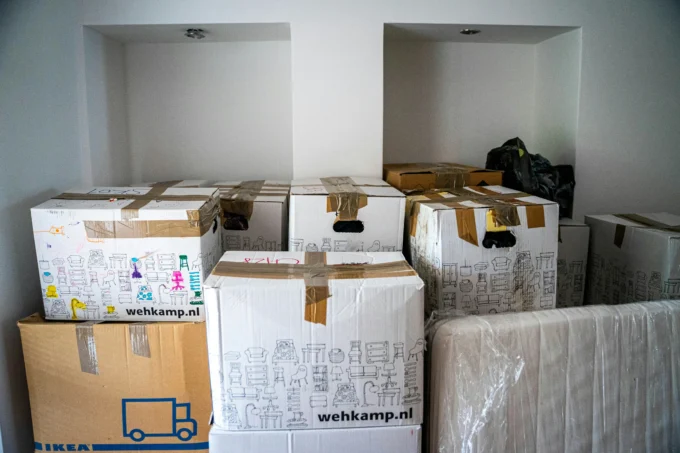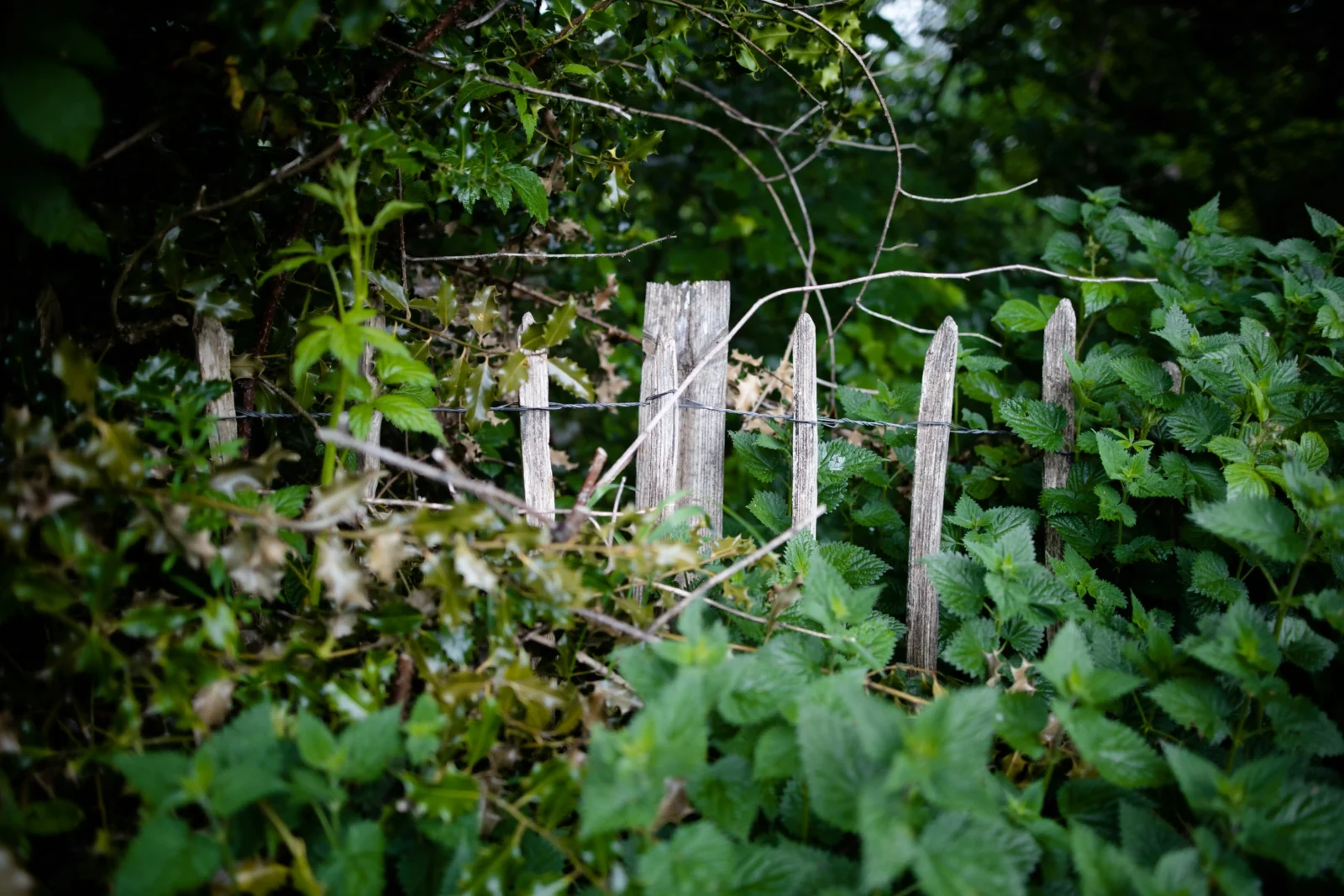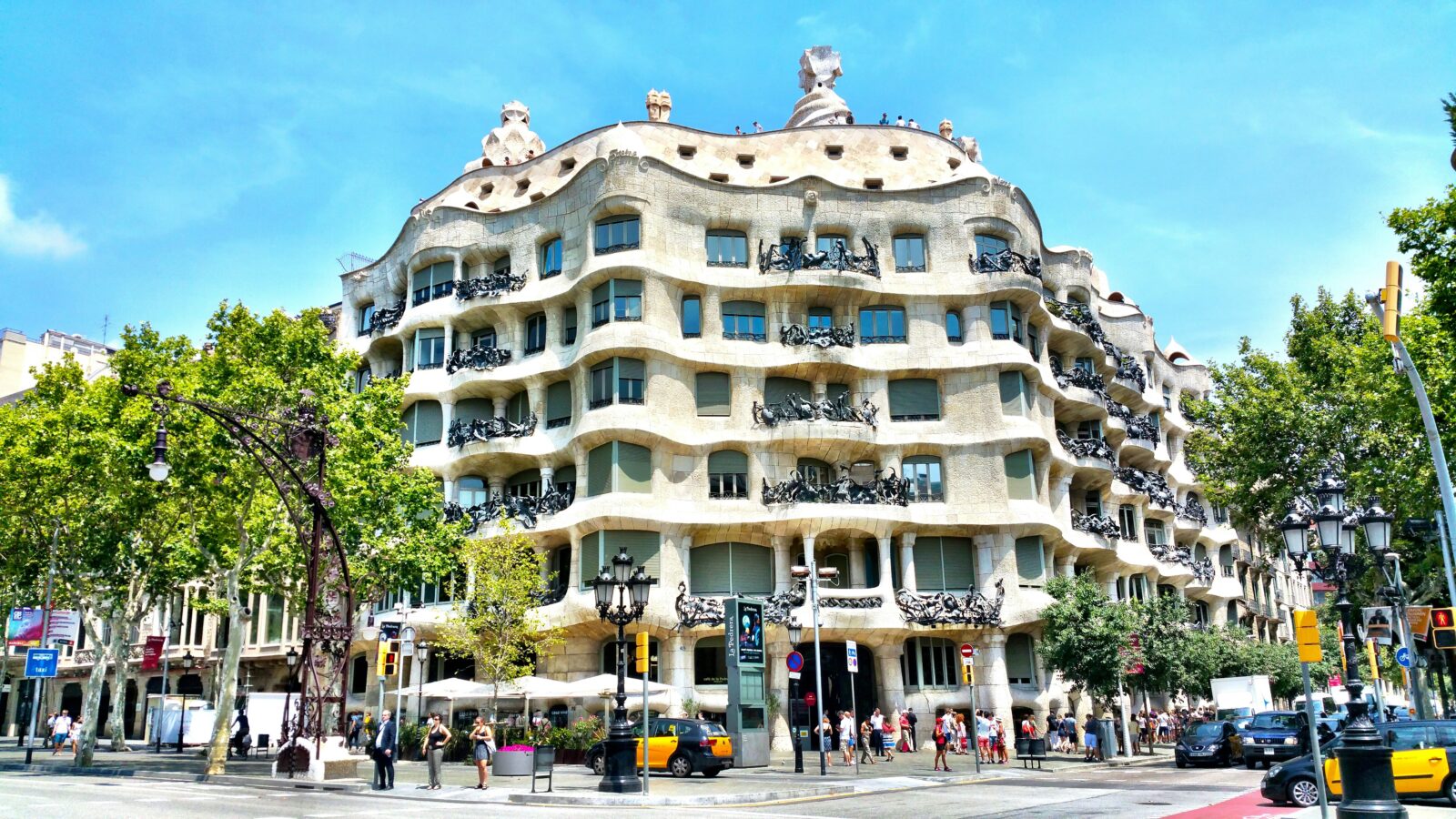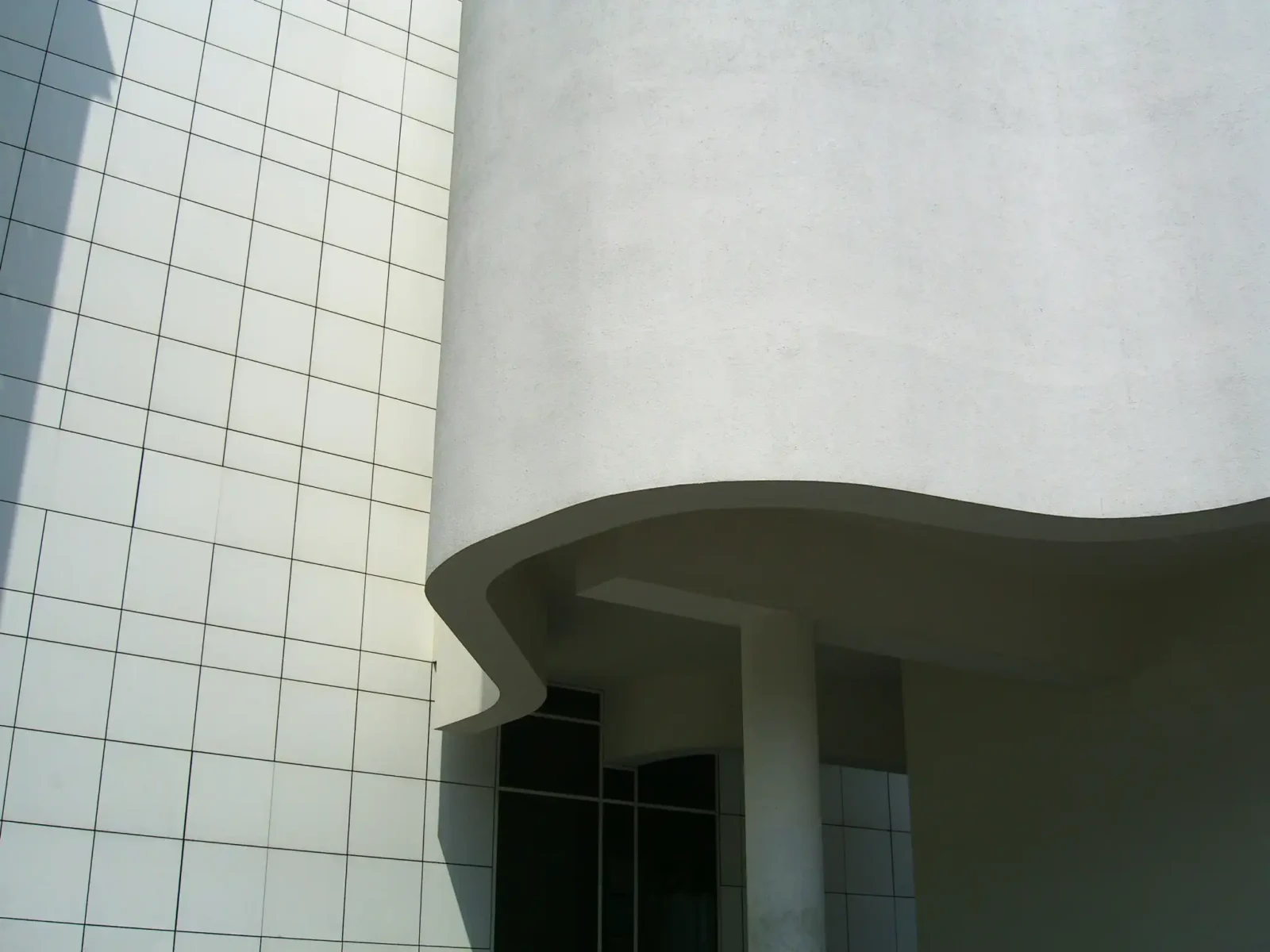- Home
- Articles
- Architectural Portfolio
- Architectral Presentation
- Inspirational Stories
- Architecture News
- Visualization
- BIM Industry
- Facade Design
- Parametric Design
- Career
- Landscape Architecture
- Construction
- Artificial Intelligence
- Sketching
- Design Softwares
- Diagrams
- Writing
- Architectural Tips
- Sustainability
- Courses
- Concept
- Technology
- History & Heritage
- Future of Architecture
- Guides & How-To
- Art & Culture
- Projects
- Interior Design
- Competitions
- Jobs
- Store
- Tools
- More
- Home
- Articles
- Architectural Portfolio
- Architectral Presentation
- Inspirational Stories
- Architecture News
- Visualization
- BIM Industry
- Facade Design
- Parametric Design
- Career
- Landscape Architecture
- Construction
- Artificial Intelligence
- Sketching
- Design Softwares
- Diagrams
- Writing
- Architectural Tips
- Sustainability
- Courses
- Concept
- Technology
- History & Heritage
- Future of Architecture
- Guides & How-To
- Art & Culture
- Projects
- Interior Design
- Competitions
- Jobs
- Store
- Tools
- More

If you’re a landlord trying to stay ahead in today’s rental market, you’ve probably heard the term green clause tossed around. But what does it actually mean, and why should you care? As more renters become eco-conscious and governments push for sustainable housing, adding a green clause to your lease agreement is more than just a trendy move; it’s also smart. This clause outlines the landlord’s and the tenant’s environmental responsibilities, including energy-efficient upgrades and waste management practices. You should consider it a way to future-proof your property, reduce long-term costs, and attract quality tenants who care about sustainability. Read along as this article breaks down what a green clause is, how it works, and the benefits it offers you as a landlord.
Table of Contents
ToggleWhat is a Green Clause on Lease Agreements?
A green clause is a part of a lease agreement that lists specific commitments made by landlords and tenants in order to make the property more sustainable. It’s not just about being fashionable or ticking a box, it’s also about saving on utilities, increasing energy savings, and doing something sustainable in a practical way.
For homeowners, a green clause can deal with things like using energy-efficient lightbulbs, using low-flow fixtures for water, or a commitment to allow for regular maintenance of HVAC systems. On the other hand, for renters, it can deal with provision for proper waste disposal, recycling waste, and limits on energy use. The important thing is to encourage your tenants to conserve water and energy, and this will reduce their utility bills as well.
Not only is a green clause beneficial for the environment, but it can also increase your property’s appeal to renters who value sustainability. Plus, it can lower operating costs and increase the building’s long-term value. It also demonstrates that you are a progressive landlord meeting modern standards. Adding a green clause could give you the edge in a world where “green” is no longer optional. It’s a small addition to your lease that can make a big difference for you, your tenants, and the environment.

Common Green Clause Examples
-
Waste Management
When it comes to waste management, a green clause can help you set clear, eco-friendly standards for you and your tenants. For example, it might require your tenants to separate recyclables from general waste and use designated bins properly. Encourage your tenants to conserve water and energy, as this will also reduce their utility bills. On your part, you may agree to provide recycling stations, compost bins, or regular waste collection services.
To cut down on paper waste, green clauses in commercial leases may even restrict the use of single-use plastics or promote digital documentation. Work with Bay Property Management Group Northern Virginia if you have concerns about the policies indicated on your lease. These small efforts add up to demonstrate a shared commitment to sustainability as well as to keep the property tidy. Also, it creates a sense of responsibility, ensuring that everyone contributes to the community’s greener living and landfill waste reduction.
-
Renewable Energy
One common green clause type is renewable energy. This means that you and your tenants agree to install or source electricity from renewable sources (i.e., solar panels, or by receiving electricity from green energy providers). For a property owner, this could mean installing solar panels on your property, or ensuring that any energy supplier being used by the property is providing a clean renewable energy. For a tenant, this clause means that the tenant has agreed not to switch to a non-renewable energy provider during the lease term, to help support the clean renewable energy investment from the property owner.
In addition to lowering the building’s carbon footprint, this can result in long-term energy bill savings. Also, this provision can be a great way to draw in and keep tenants who are becoming more and more interested in eco-friendly living and working environments. It benefits the environment and increases the value of your property.
-
Indoor Air Quality
Indoor air quality is pretty important, especially because tenants will be indoors the majority of the time. A common green clause is about keeping the air healthy and clean. This could mean you can change things using low-VOC (volatile organic compound) paints, ‘green’ cleaners for common areas, or adequately installing and maintaining ventilation systems and appliances.
It could also include limiting or placing air purifiers in common areas, and maintaining or replacing HVAC filters monthly. Some leases even require carpets, adhesives, and sealants on the property to meet air quality standards.
Clean indoor air is more than a health benefit because it also contributes to marketability for your property and makes tenants aware that you are concerned about their well-being. This is a smart way to add value and be responsible. And let’s be honest, tenants will notice.
Benefits of Having a Green Clause
-
Environmental Impact
Using a green clause in your lease will help you differentiate yourself from the competition in a crowded rental market. When promoting energy conservation, better waste management, and sustainable practices, you are directly minimizing your rental property’s carbon footprint.
Even small changes, such as switching to LED lighting, using sustainable materials, or enhancing insulation, can result in big environmental gains over time. It is simply a practical way of contributing to cleaner air, less waste, and more efficient resource utilization. Tenants will treat and care for a space that demonstrates common values.
-
Enhanced Property Value
A green clause benefits not only the environment, but also the value of your property. A lease with defined green standards distinguishes your property.
Energy efficiency and sustainable practices reduce utility costs and wear and tear, maximizing returns. In short, a green clause is not just a cool trend to participate in; it’s simply smart, especially if you are a landlord looking for long-term value.
Final Thought
Incorporating a green clause into your lease is not simply an additional step toward sustainability, but is a wise investment in the property’s future. A green lease articulates your sustainable commitments, which may lower operating costs, attract quality tenants, and increase property value.
As sustainability continues to gain importance in today’s rental market, a green clause shows prospective tenants that you aren’t simply going along with the trends, you are leading the trend. Therefore, if you are a property owner wondering how to future-proof your property, you may want to consider a green clause.
illustrarch is your daily dose of architecture. Leading community designed for all lovers of illustration and #drawing.
Submit your architectural projects
Follow these steps for submission your project. Submission FormLatest Posts
The Ultimate Guide to Fencing in North Dakota: Choosing the Best Fence for Your Property
Watching a chain link fence twist in 70 mph winds near Minot...
Gaudí: Where Architecture Meets Science
Gaudí: Where Architecture Meets Science shows catenary arches, ruled surfaces, and biomimicry...
How Housing Market Forces Shape Architectural Design Today
Architecture never exists in isolation. Buildings rise from a mix of ambition,...
Why Portable Formaldehyde Gas Detectors Matter on Construction Sites
As construction practices shift toward more enclosed and material-intensive environments, the risk...












Leave a comment